Not every living room will have matching furnishings from the same brand. Families frequently have to play the mix-and-match game to attempt and establish a definite aesthetic for the living room with their furniture.
Here are ten ways on how to mix and match living room furniture:
1. Choose a furniture theme
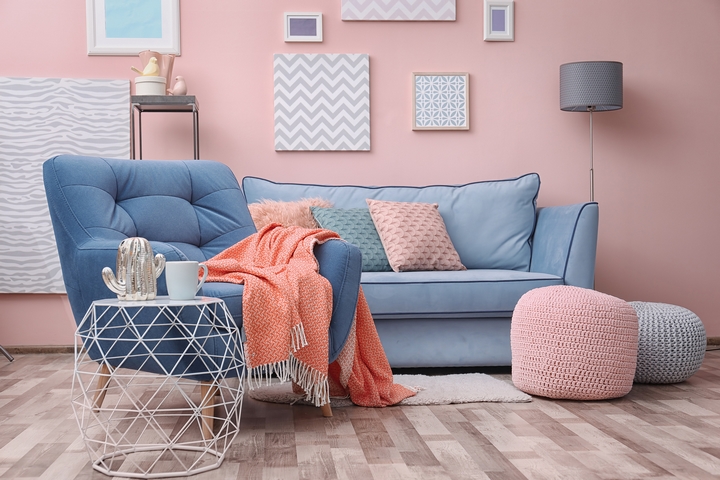
Although they can be expensive, they make mixing and matching furnishings simpler for many homeowners. A specific period, like the 1960s, a culture, like French or Scandinavian, a colour scheme, or a way of life, like a hunter, gardener, professor, or athlete, can all serve as themes.
Each of these topics quickly inspires and generates ideas on furnishing a living space. As a result, matching furnishings won’t be difficult.
2. Use furniture layers
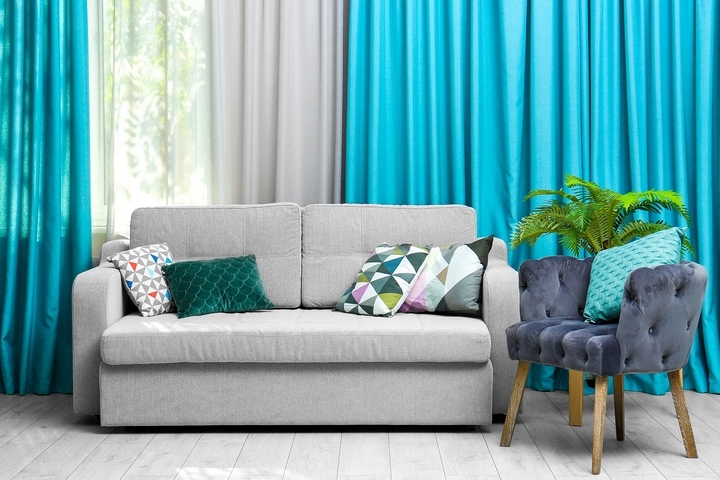
Layers are common in a distinctive individual living room. Specifically, layering textures, forms, and materials in addition to colours. Any time you have the chance to combine elements like colours, textures, and sizes, think about the effect it might have on the space. The advantage of a living room is that it is a flexible space that can be used for anything.
3. Select your furniture colour scheme
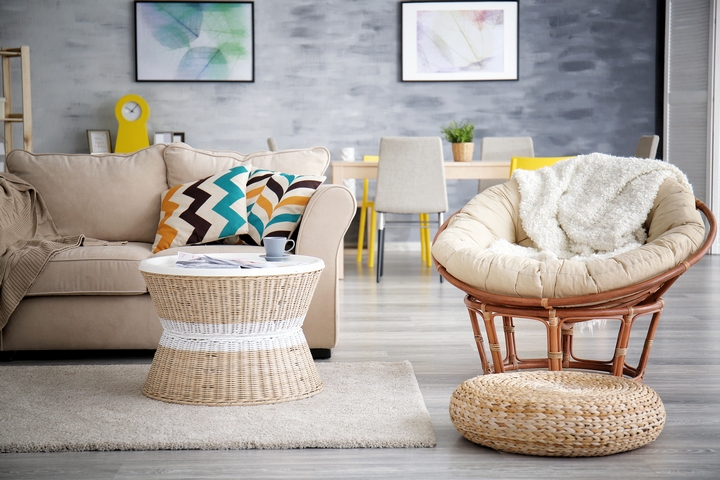
Don’t add everything that feels special and “you” in one go. Choosing a small colour palette and staying with it is the greatest strategy for mixing and matching furnishings in a living space. You’re ensuring coherence in this manner.
For instance, you can commit to a black-and-white look and have a lot of furniture Toronto options. It also works with a beige and gray colour scheme, an oceanic blue aesthetic, or a forest-like green appearance. Using too bright and flashing colours will just help accentuate that your furnishings are mismatched.
4. Use repetition
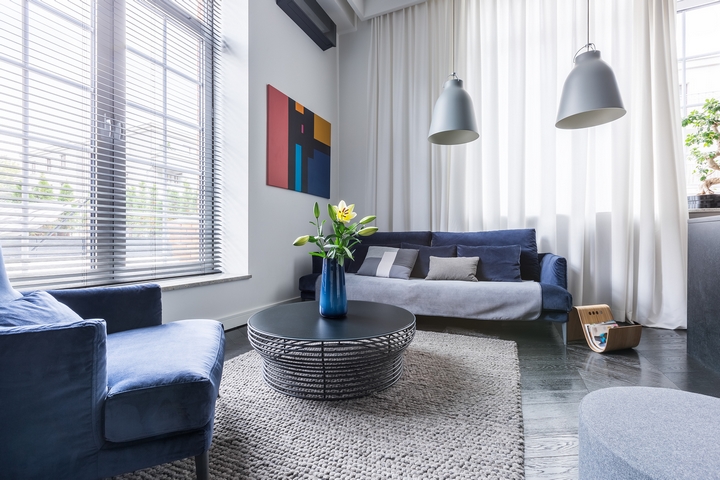
An excellent design strategy that offers both functionality and a visual impact is repetition. By repeating patterns or objects, you can make a style blend look more professional. For instance, place your chairs in a row, or hang a shelf with several books.
5. Consider size and scale.
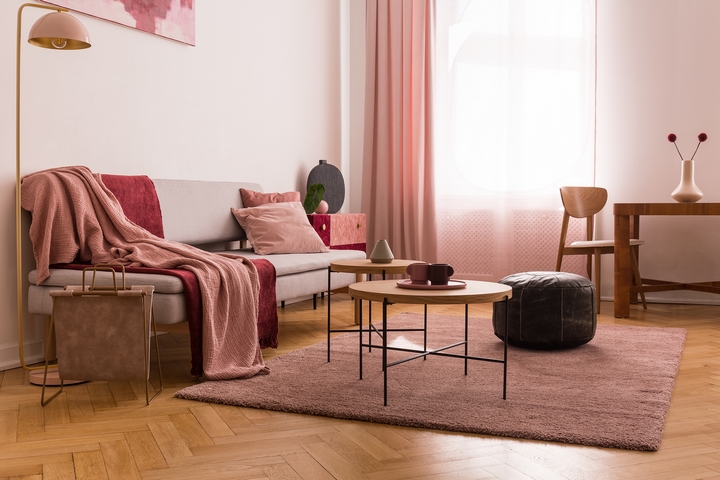
The comparison of proportions between items is what size and scale mean. For instance, a lighter thing placed close to a heavy object looks good. Just as you wouldn’t want everything in your room to be small, not everything in your room should be enormous. Think about the harmony you can achieve by varying both size and scale.
6. Choose your essential items.
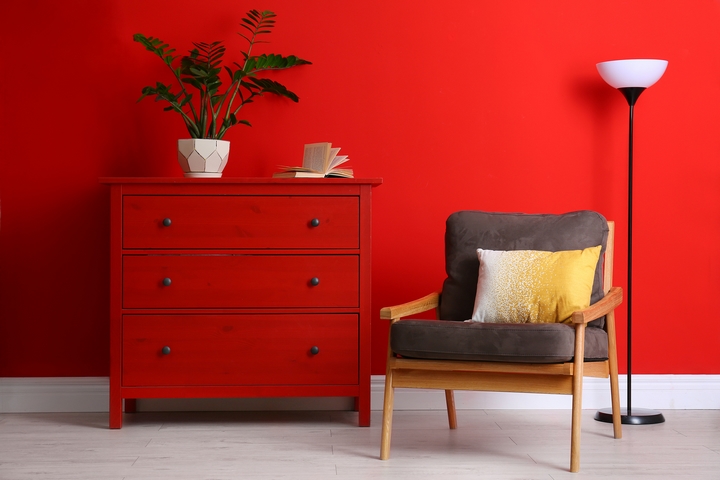
There are certain furnishings that every living room must have. These include items like a couch, a loveseat, coffee tables, and other objects you know will make up most of the space. These furnishings should be the foundation of your room, and everything else that is brought into the space should complement them.
7. Add furniture texture
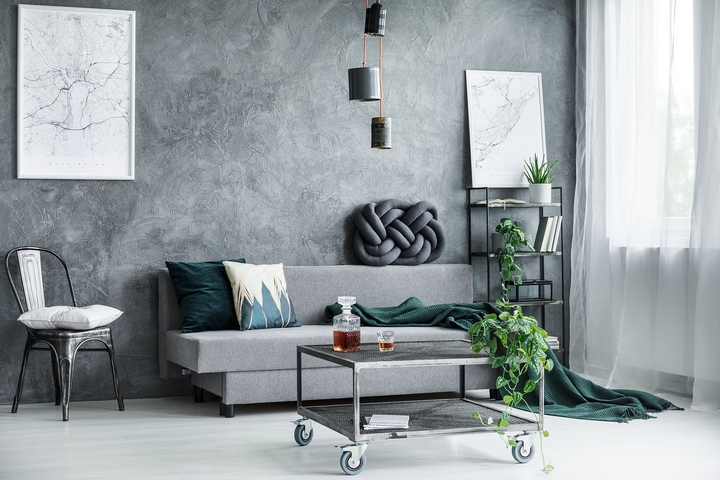
When mixing and matching furniture, a factor that many of us overlook is the material. No room is constructed entirely of one material. Feel free to utilize as many different textures as you wish. By stacking various materials, such as porcelain, glass, stone, wood, velvet, and more, it is possible to produce an instantly recognizable visual narrative that tells a story unique to your space.
8. Use mirrors
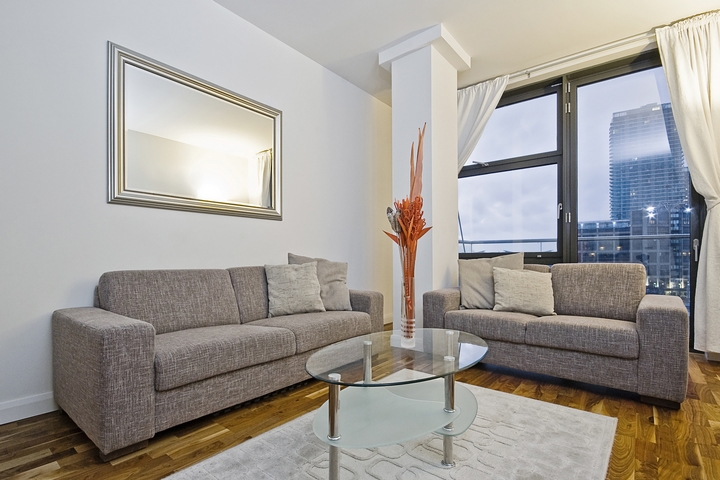
Large mirrors on an empty wall give the impression that the furniture matches. It won’t fix a room if everything is blatantly out of place. But it will make what already fits stronger. A large mirror is best, although multiple smaller mirrors will also work.
The lovely thing about a mirror is that it will also reflect daylight and make your living space appear bigger and brighter.
9. Include accent pieces
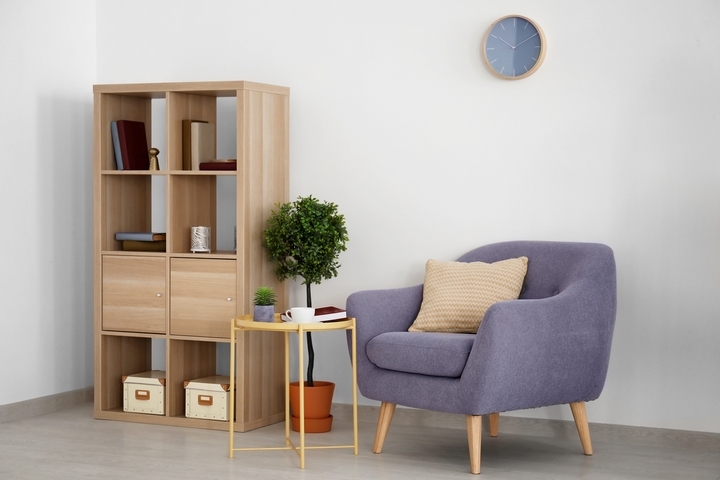
Choosing home accents from the same line as your furniture will help to shift attention away from your furniture and toward the room as a whole. Alternately, pick tones that appear to work well together. This can be done in several ways. Home accents can be unified by a common factor, such as a theme, colour, or material like natural wood or metal. You can introduce one overarching theme to the overall design of the space by incorporating these pieces throughout the space as wall art, coasters, throw cushions, and more.
10. Play around with artwork
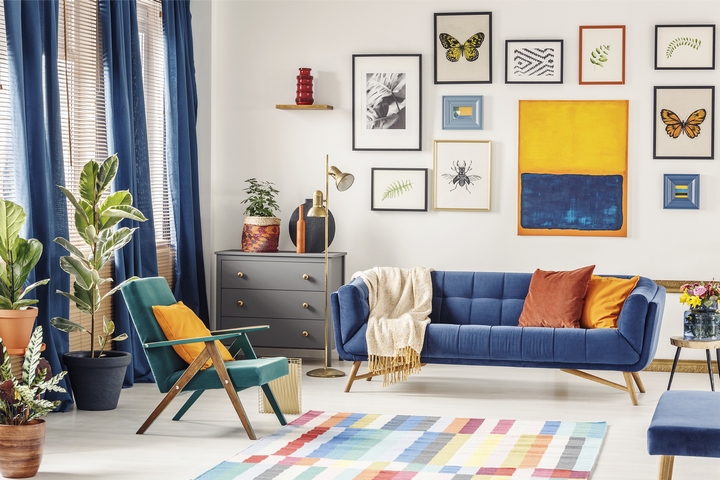
You can also achieve a cohesive look in your living area by matching art pieces. Homeowners who are still figuring out what works for them use this strategy. Matching artwork arranged on walls creates a statement without requiring much effort from you.
There are a few essential guidelines to remember when thinking about mixing and matching furniture for the living room. A great approach to including your style in your interior design is to furnish your home with pieces from several sets or collections. However, you need to be careful when you do so to avoid giving the space a cluttered or disorganized appearance.
Learning how to mix and match living room furniture can be beneficial for various reasons, such as the desire to include your individuality in the design of your house or the need for more pieces than a specific series offers.
